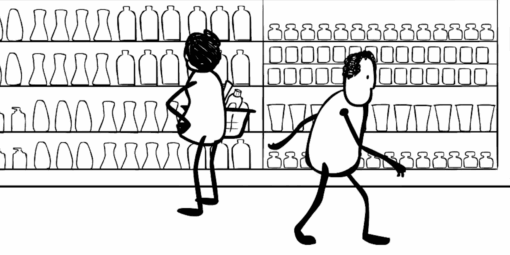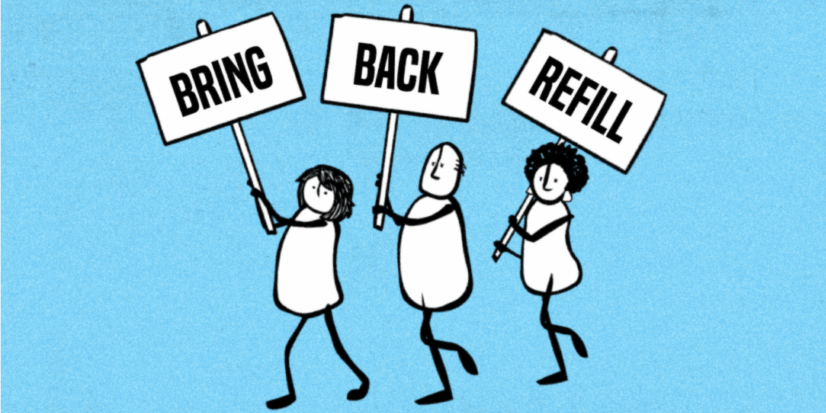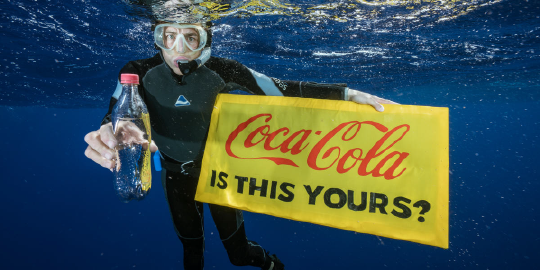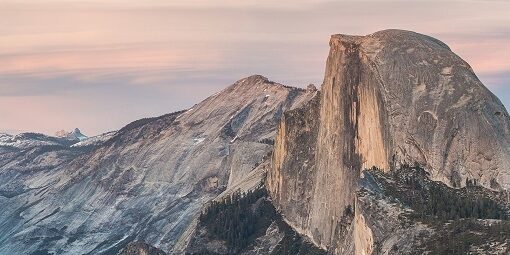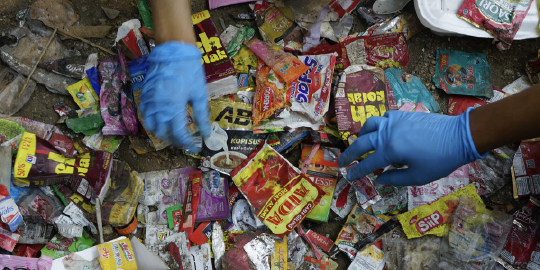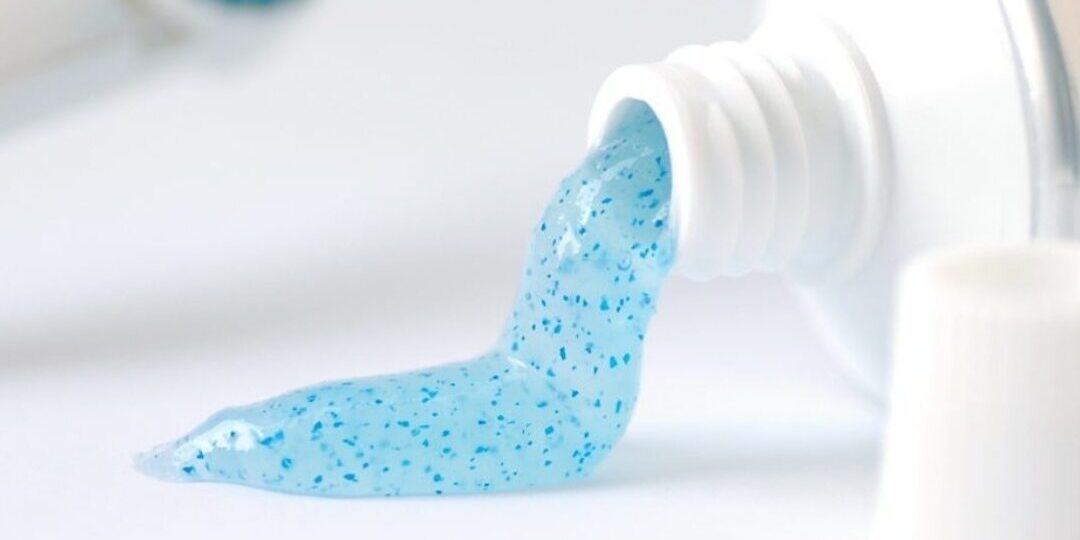Fight Plastic Pollution
Left unchecked, petrochemical giants and fast-moving consumer companies are on course to cover the planet in plastic – all for their profit.
The fightback starts here. We’re uniting with a diverse, global movement that’s working to create a future free from plastic pollution, a future in which people and planet come first. To do this, we’re changing the story about who’s really responsible for plastic pollution, challenging corporate abuses, and moving towards a zero-waste system.
Our Campaigns
Dive Deeper
This is a fight that we can’t afford to lose. Here’s why this work is so important – and how we plan to stem the tide.
We are in a plastic crisis:
Plastic pollution is everywhere we look, smothering our oceans and poisoning communities around the world. Meanwhile, Big Plastic only plans to expand production. We need to chart a different course.
From city streets to the arctic ice sheets, plastic pollution has reached every corner of the globe. But it’s not just the plastic we can see; tiny particles of plastic called microplastics are showing up in our water, our food, even the air we breath. This flood of plastic is poisoning communities and smothering our environment, threatening whole ecosystems.
This isn’t a waste management problem; it’s an unmanageable problem. There is simply too much plastic being created, and nowhere for it to end up besides in landfills, in the environment, or being openly burned. Indeed, only 9% of the plastic ever created has been recycled.
Despite this mounting crisis, big industry plans to keep producing more and more plastic each year. Big Plastic and its allies are investing billions to expand production capacity, with a planned 33% increase in the production of plastic’s chemical ingredients by 2025.
Meanwhile, the United Nations estimates that by 2050, there will be more plastic than fish by weight in the ocean. We’re even learning that plastic contributes to global warming when it degrades in the environment. If we don’t change course – and soon – we face a future in which the consequences of our plastic addition will only grow more severe.
Plastic pollutes at every step
Long before it reaches the environment, plastic harms people and the planet. Our plastic obsession has serious consequences from production to disposal.
Plastics are treated as a product that miraculously appears from nowhere and goes to nowhere. Few of us think about where our plastic comes from or where it ends up after we throw it “away.” In reality, plastic causes serious problems at every stage of its life.
Plastic begins as fossil fuels like oil and natural gas. That means that the health and climate impacts of oil and gas extraction and transportation are also part of the lifecycle of plastic. Next, these fuels are converted into the chemical ingredients for plastic at plants that release a slew of toxic emissions into the communities in which they are built – resulting in higher rates of asthma, cancer, and other conditions.
Many of the plastics we interact with include other chemical additives or coatings. These additives can leach out of plastic and into humans, causing even more health consequences.
Ultimately, a small percentage of plastic gets recycled. The rest ends up in landfills, in the environment, or being burned. Whether on land or in the ocean, plastic pollution threatens the stability and biodiversity of whole ecosystems, from the top to the bottom of the food chain.
Not all plastic is created equal.
Plastic is a remarkably useful material, but too much of plastic is used just once and very little of it gets recycled. Identifying and eliminating these single-use, low-value plastics is the first step to ending plastic pollution.
There are hundreds varieties of plastic, each with different properties and recycling value. Some types of plastic are easier to recycle into other usable products, and therefore command a high value on the recycling market. Because of their value, these “high value” plastics are more likely to be captured and recycled.
Other products have such little value that it isn’t economically feasible to recycle them. This can be a result of the type of plastic used, the size and shape of the product itself, and the conditions of the global recycling market. Plastics with low or no recycling value are far more likely to end up in landfills, in the environment, or being burnt.
Some products, particularly certain food packaging, is made from multi-layer plastic. This means that plastic is bonded to other materials like foil or cardboard. For example, did you know that many hot beverage drinks – like Starbucks coffee cups – aren’t recyclable or compostable due to a thin layer of plastic coating the paper? Once plastic has been bonded to another material to create multi-layer plastic, it can almost never be recycled.
We can end plastic pollution today.
This is a problem that we can solve – and the global #breakfreefromplastic movement has a concrete strategy to do just that.
#breakfreefromplastic is a global movement envisioning a future free from plastic pollution. Since its launch in September 2016, nearly 1,300 organizations from across the world have joined the movement to demand massive reductions in single-use plastics and to push for lasting solutions to the plastic pollution crisis.
We believe in a world where the land, sky, oceans, and water is home to an abundance of life, not an abundance of plastic, and where the air we breathe, the water we drink and the food we eat is free of toxic by-products of plastic pollution.
In this world the principles of environmental justice, social justice, public health, and human rights lead government policy, not the demands of elites and corporations. This is a future we believe in and are creating together.

